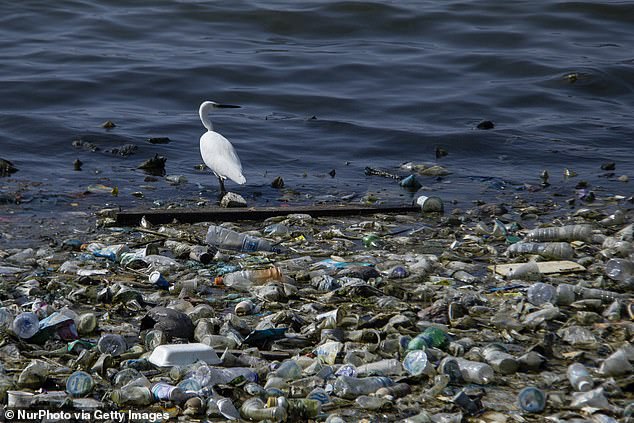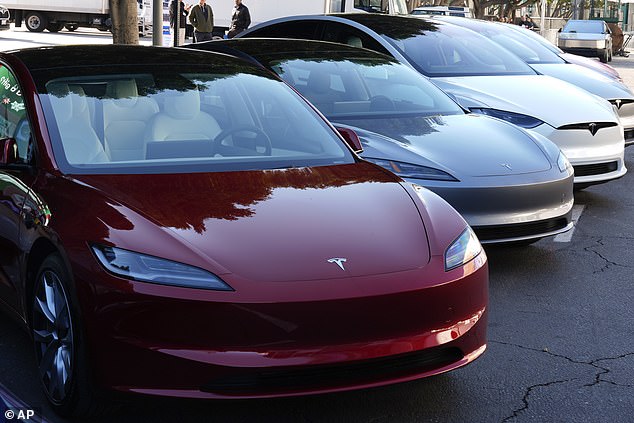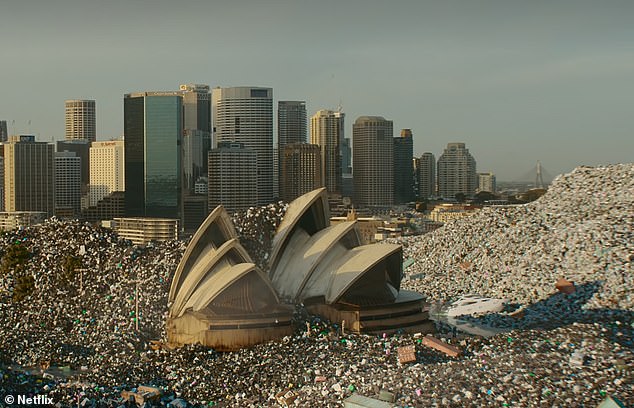An AI-generated image of the Sydney Opera House and Harbor Bridge buried in mountains of rubbish has made clear the sheer magnitude of the e-waste we throw away each year.
Electronic waste – discarded laptops, phones and televisions that are broken or obsolete – has increased to approximately 50 million tonnes each year. However, less than a quarter is recycled properly, according to the World Health Organization.
A documentary released on Netflix this week, Buy It Now! The Shopping Conspiracy, aimed to conceptualize the magnitude of the problem with an AI-generated image of the world’s e-waste dumped in Sydney.
The documentary, directed by Emmy nominee Nic Stacey, premieres just before the annual Black Friday shopping craze and sheds light on the tricks big brands use to manipulate consumers.
Worldwide, e-waste is increasing by millions of tons annually and is expected to reach more than 82 million tons by 2030.
The proportion of that waste that is not recycled is estimated to be worth $62 million in recoverable natural resources: valuable metals like lithium.
Discarded waste also poses a health hazard if not properly recycled, as charging cables and batteries contain toxic substances such as mercury, which can damage the human brain.
The documentary showed an AI-generated image of the world’s e-waste dumped in Sydney.
Recycling facilities in India have been found to release mercury, zinc and lead into local water and soil.
Simply disposing of e-waste in landfills along with normal waste is enough to release the toxins, the WHO said. So is rummaging through devices or burning them without following correct practice.
In Australia, more than half a million tonnes of e-waste was generated in 2019, according to Clean Up Australia, and only around a third of the materials contained in e-waste were recovered.
The average Australian produced 20kg of e-waste, compared to a global average of 7kg.
But laptops and phones should not end up in landfills: more than 90 percent of their components can be recycled.
Australians also used 3.5 million tonnes of plastic in 2016-2017, with around 180,100 tonnes reprocessed in Australia and 235,100 tonnes shipped overseas.
Following China’s decision in 2017 to stop accepting garbage, recyclable waste was diverted to poorer Southeast Asian nations, including Malaysia and Indonesia, which are now inundated with garbage.

Much of the plastic sent to Indonesia ends up in landfills or the sea
In 2020, Australia banned the export of unprocessed waste; It now only ships glass, plastic and other materials that meet strict regulations abroad. The law was intended to encourage local recycling and prevent materials from being dumped abroad.
But for years, Indonesians have called on Australia to stop exporting its waste there.
Indonesia is a key export market for waste paper and cardboard, buying the material from Australian companies to convert into other products.
In 2023-2024, Australia shipped more than 500,000 tonnes of the material there.
But campaigners say Australian waste is still contaminated with plastics, ruining the environment and making them sick.
Indonesian factories do not have the capacity to deal with plastics, which are eventually dumped into fields and rivers and broken down into microplastics.
A study published earlier this year estimated that Indonesians consume around 15 grams of microplastics per month, equivalent to the size of an ATM card.
Most of the tiny plastic particles are ingested by people when they eat fish and other seafood.
There are also concerns that Australia is about to be inundated with old batteries from the booming electric car market.

Recycling industry unprepared for an influx of electric car batteries, research finds
Earlier this year, a federal waste and recycling inquiry reported that Australia’s battery recycling industry is in “crisis” and unprepared for an influx of electric vehicles.
Recycling facilities are already struggling with too few collection points and a lack of guidance and standards around battery recycling, Australian Recycling Council chief executive Suzanne Toumbourou told the inquiry.
The country needs clear rules on the labeling, transportation and disposal of batteries, including a ban on landfilling, before local facilities can break down and process electric vehicle batteries, Toumbourou said.
The committee is expected to report in March 2025.

